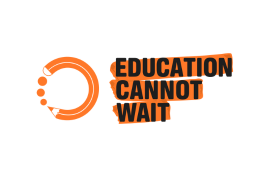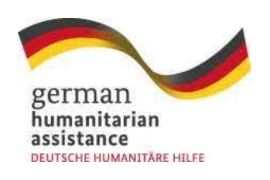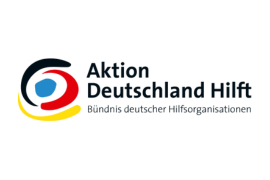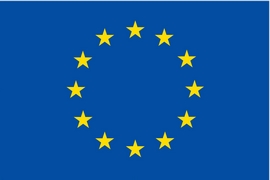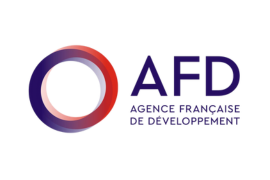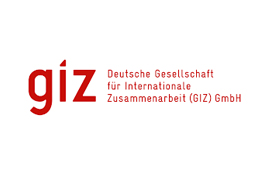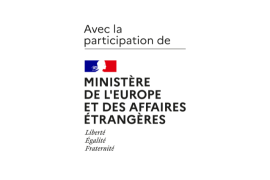HI implements emergency response and development projects based on its core professions: assistance to victims of violence, inclusion, mine action, physical and functional rehabilitation, and inclusive emergency education. HI seeks innovative and sustainable solutions to better meet the needs and support the socio-economic development of the most vulnerable. In the Lac region, HI contributes to the protection and schooling of children and carries out risk education activities for hosts and displaced persons affected by the crisis. This project also carries out conflict transformation activities, social cohesion and inclusive local development.
To respond to the challenges of the Sudanese crisis on the eastern border of Chad, HI is working with refugee populations to provide them with rehabilitation services and mental health support. HI is also present in the region in terms of logistics: Atlas Logistique provides international and local humanitarian organisations with a storage warehouse for humanitarian equipment, and an airstrip has been rehabilitated to facilitate humanitarian access.










